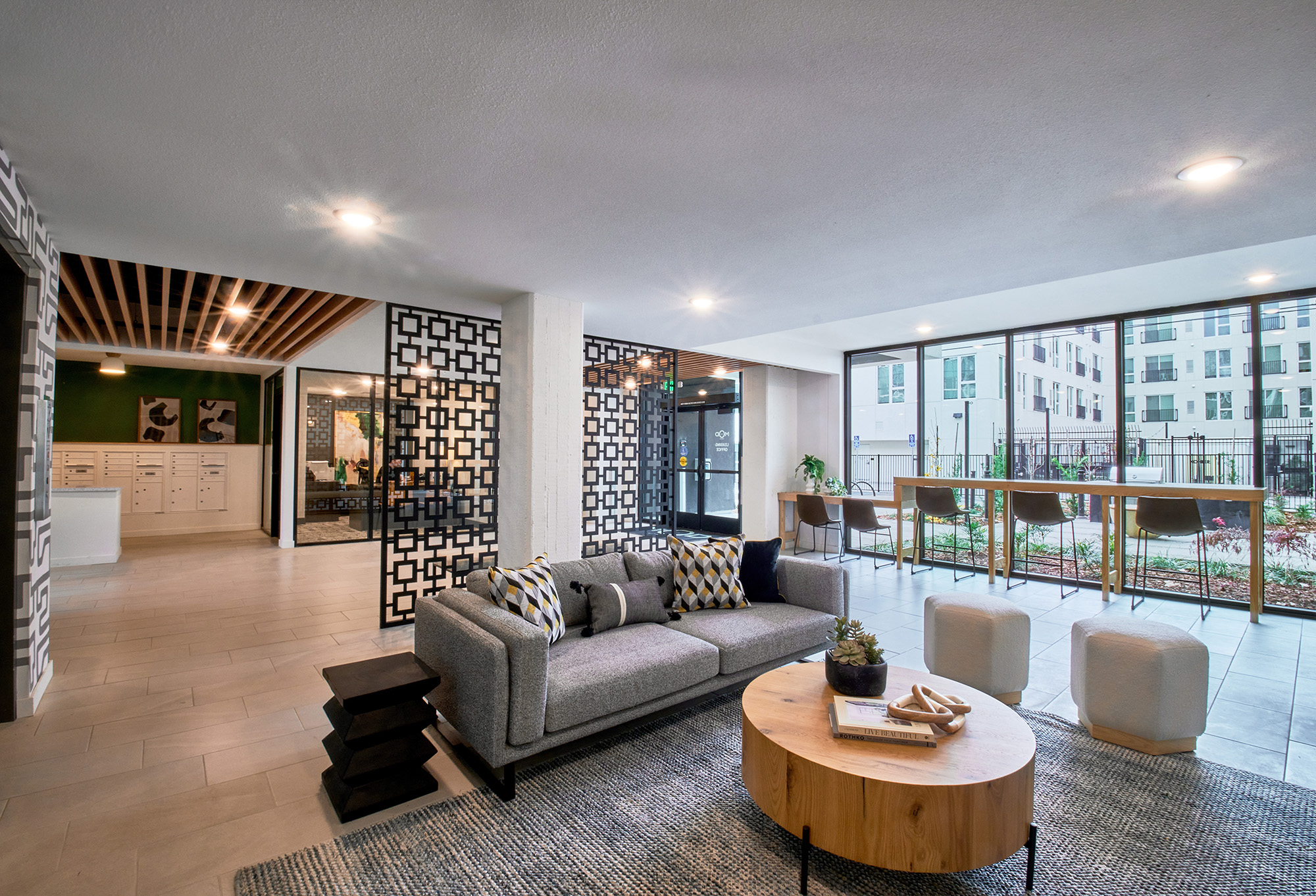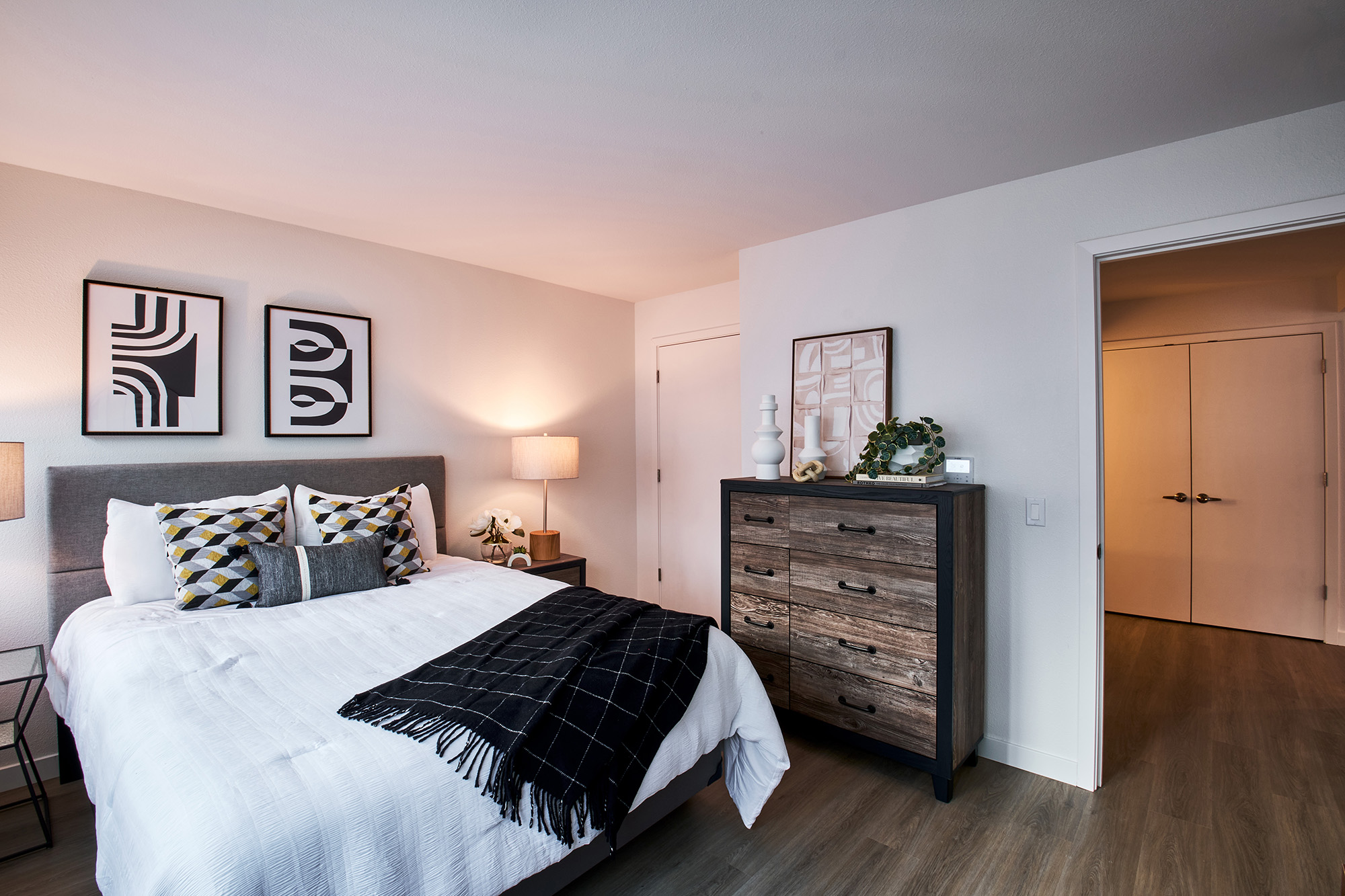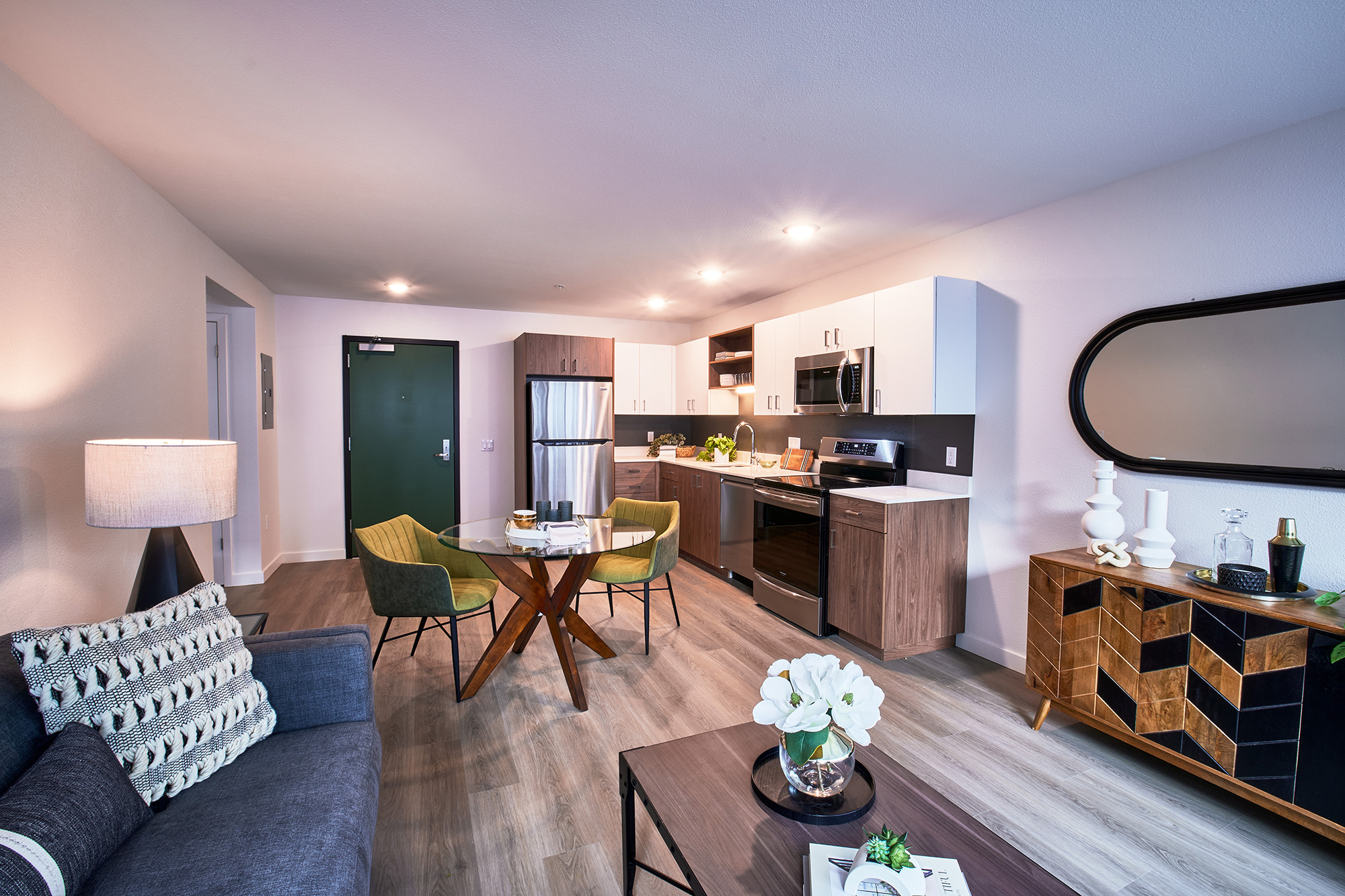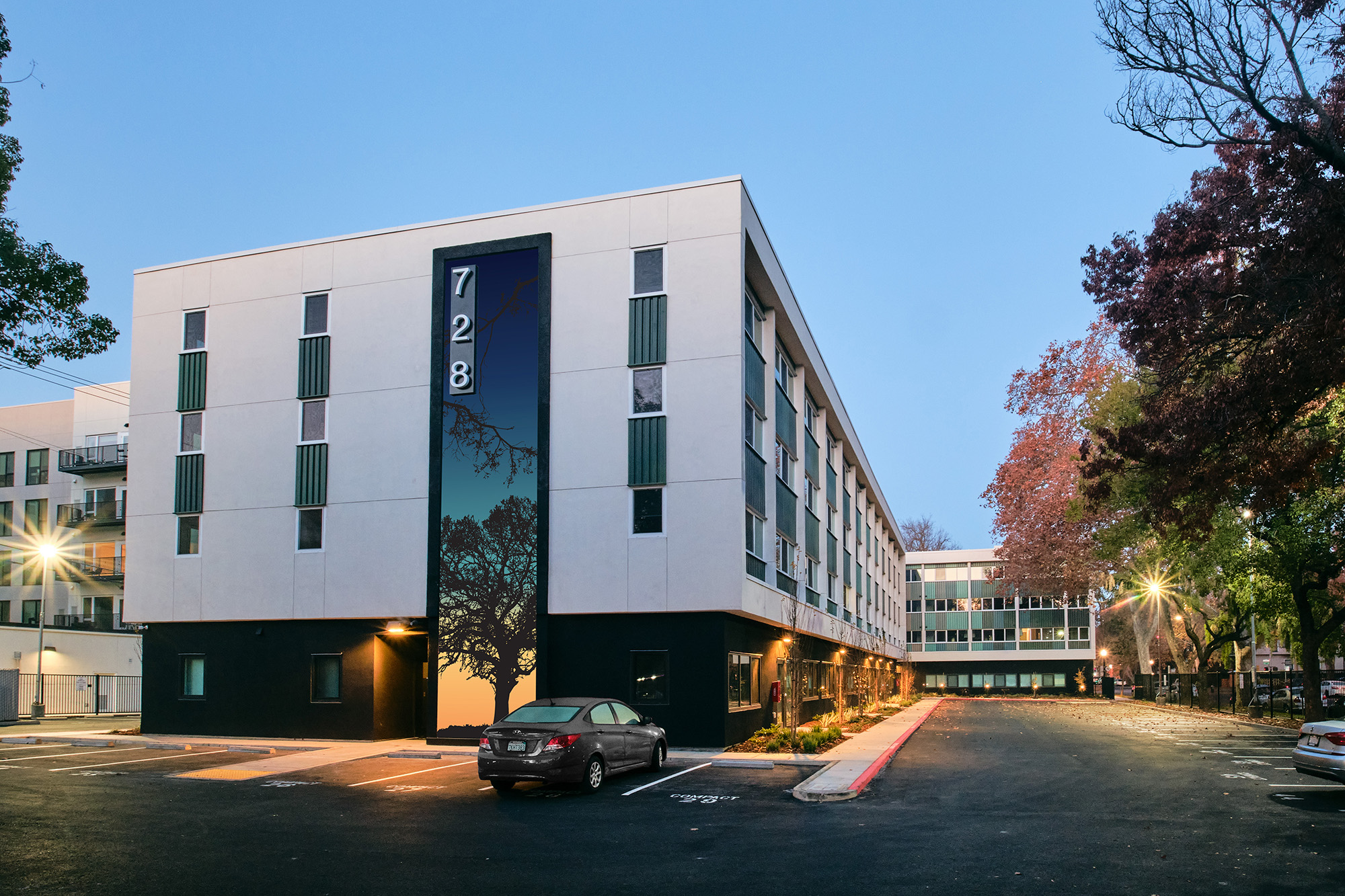In the continuous battle against housing shortages and the surplus of vacant buildings, developers are turning their attention to the viability of adaptive reuse for their properties. This strategy offers developers the opportunity to save their investment, create an unparalleled story for end users, and make money by converting a disused or underutilized project into a one-of-a-kind residential space.
However, the burning questions on every developer's mind include: Is adaptive reuse suitable for my building? Is it cost-effective? What does a housing conversion project entail?
Navigating the complexities of updating old buildings for new purposes is no simple task. Not every structure is ripe for adaptive reuse, and the process demands a meticulous evaluation of various factors. Structural integrity, zoning regulations, historical significance, and the feasibility of renovation all weigh heavily in the decision-making process. Each property presents its unique challenges and opportunities, necessitating thorough assessments to determine its suitability for conversion. It's through this rigorous examination that developers ensure that only the most viable candidates are selected for transformation into vibrant residential spaces.
‘The Rule of Six’ for Adaptive Reuse Housing Projects
While there is no magic formula or linear one-size-fits-all approach to converting buildings into housing, our team at Ankrom Moisan has come up with a unique framework: “The Rule of Six.”
This strategy outlines the six key characteristics that make a project a candidate for a successful conversion. If a property has any of these traits—whether it’s one or all six—it might qualify as a candidate. These characteristics include:
1) Class B or C office
Assessing the classification of office space helps gauge a building’s potential suitability for conversion into housing. Class B and C offices are typically older with fewer amenities. This older stock, especially pre-war buildings, creates wonderfully unique residential buildings with their soaring ceilings and operable windows.

2) 5-6 Levels, or 240 feet tall
This size building provides an optimal framework for accommodating residential units and amenities while also adhering to regulatory standards and market preferences for housing developments. Height and class of office space work together in finding good conversion candidates. These two scales align nicely within a typical ground-up residential category of podium or high rise that our developers are familiar with. Height is like the Goldilocks of finding a good conversion candidate—it works together with the class and building footprint and should not be too tall or too small.
3) Operable windows within envelope are preferred
Buildings with operable windows within the envelope enhance livability and comfort for potential residents. Access to fresh air is a huge “want” in new apartments. Although we can provide fresh air mechanically, there is no substitute for opening a window and feeling a cool breeze on demand. For this reason, buildings with big operable windows make an easy case for conversion. In this case, it’s more about enhancing the livability and comfort for potential residents, not a technical obstacle.
4) Walkable location
A building's walkability contributes to the accessibility and desirability of the housing. For any residential building, potential renters (or owners) will pay a premium for a prime location within an urban core that has easy access to transit, grocery stores, and city amenities.

5) 12,000-sf plate minimum
The building’s plate size should be considered, ensuring sufficient space for residential units and amenities. What we are discovering is that conversions need to yield a certain number of total units to make financial sense and that the typical footprint is key to being as efficient as possible on every level. Of course, small footprints will work and can create a wonderful boutique housing option, but most developers will need a minimum amount of yield for the conversion to work financially.
6) Depth to core not to exceed 45’
Evaluating the depth to the core is essential to assess the feasibility and efficiency of the conversion process. The depth of the building footprint from the exterior wall to the interior corridor is the biggest hurdle for many conversion candidates. In housing, any space that is more than 40-45’ from a source of daylight is not valuable.
Why Use Adaptive Reuse for Rental Housing?
According to the National Association for Industrial and Office Parks (NAIOP), the United States needs to build 4.3 million more apartments by 2035 to meet the demands for rental housing. This includes 600,000 units (total) to fill the shortage from underbidding after the 2008 financial crisis. Adaptive reuse residential conversions are an affordable and effective way to create more housing and fulfill that need, providing several added benefits.
To start, these projects help to foster diverse and inclusive communities. By repurposing vacant buildings into residential units, adaptive reuse initiatives address pressing housing needs and ensure equitable access to affordable living spaces. This approach provides housing opportunities for people from different socioeconomic backgrounds, thus helping to alleviate housing shortages.

In addition to their community benefits, adaptive reuse initiatives promote sustainable development practices by reducing the environmental impact associated with new construction. Because these projects are not constrained by current building codes regarding glazing or parking requirements they offer flexibility and efficiency in development processes. Adaptive reuse housing projects also save time, resources, and energy, leveraging existing structures for their designs. This approach also minimizes waste generation and carbon emissions, aligning with broader efforts to mitigate climate change and promote ecological stewardship.
Preserving and repurposing older structures for housing not only enhances the health and appeal of neighborhoods but also accelerates tenant occupancy, catalyzing urban revitalization. Doing so, plays a pivotal role in activating downtown areas, allowing for economic resurgence. Such projects attract investment, spur job creation, and foster the growth of local businesses and cultural institutions.
Implementing ‘The Rule of Six’
“The Rule of Six” framework serves as a valuable indicator of a project's potential for successful conversion. However, it's important to recognize that each property is unique, and additional factors beyond these six may also influence its suitability for adaptive reuse. By conducting thorough due diligence and leveraging interdisciplinary expertise, developers can confidently navigate the complexities of adaptive reuse and unlock the full potential of existing structures for sustainable, socially equitable, and culturally vibrant urban development.
This methodology was recently applied to our renovation project at 728 16th St. in Sacramento, Calif., where we transformed a former Holiday Inn property into a residential apartment complex. Rather than opting for a complete teardown, the adaptive reuse renovation maximized the existing space, optimizing the structure and MEP infrastructure.

Throughout the renovation, our team strategically optimized the site layout, repurposed existing hotel areas, and merged hotel rooms to craft contemporary apartments. To address infrastructure challenges, we adjusted ceiling heights to accommodate new appliance ducts and plumbing. Leveraging existing structures, we transformed underutilized space into 129 new residential units. The project's fresh perspective on modern residential living, achieved through adaptive reuse, positions it competitively in emerging markets.
Ultimately, the success of 728 16th St’s conversion stemmed from its alignment with two of the six key characteristics outlined in the “Rule of Six.” Situated in a walkable area with a substantial floor plate, 728 16th St. was primed for success. However, it's worth noting that a prospective adaptive reuse project needs only one of these six characteristics to qualify as a viable candidate for conversion.
The rising trend of adaptive reuse presents a compelling solution to the challenges posed by housing shortages and vacant structures. While not every building is suitable for conversion, the meticulous evaluation of various factors is crucial in determining viability. The preservation of cultural heritage, promotion of sustainable practices, stimulation of economic growth, and provision of housing opportunities underscore the manifold benefits of adaptive reuse initiatives.
About the Author
Jennifer Sobieraj Sanin, AIA, is the Housing Studio Design Director and Senior Principal for Ankrom Moisan. She is a design leader with a passion that revolves around crafting memorable experiences and empowering creative teams. With a specialty in high density urban infill, Sanin works on market rate, affordable, and senior housing, as well as hospitality and mixed-use.
Related Stories
Adaptive Reuse | Jul 27, 2023
Number of U.S. adaptive reuse projects jumps to 122,000 from 77,000
The number of adaptive reuse projects in the pipeline grew to a record 122,000 in 2023 from 77,000 registered last year, according to RentCafe’s annual Adaptive Reuse Report. Of the 122,000 apartments currently undergoing conversion, 45,000 are the result of office repurposing, representing 37% of the total, followed by hotels (23% of future projects).
Urban Planning | Jul 26, 2023
America’s first 100% electric city shows the potential of government-industry alignment
Ithaca has turned heads with the start of its latest venture: Fully decarbonize and electrify the city by 2030.
Multifamily Housing | Jul 25, 2023
San Francisco seeks proposals for adaptive reuse of underutilized downtown office buildings
The City of San Francisco released a Request For Interest to identify office building conversions that city officials could help expedite with zoning changes, regulatory measures, and financial incentives.
Sustainability | Jul 13, 2023
Deep green retrofits: Updating old buildings to new sustainability standards
HOK’s David Weatherhead and Atenor’s Eoin Conroy discuss the challenges and opportunities of refurbishing old buildings to meet modern-day sustainability standards.
Multifamily Housing | Jul 11, 2023
Converting downtown office into multifamily residential: Let’s stop and think about this
Is the office-to-residential conversion really what’s best for our downtowns from a cultural, urban, economic perspective? Or is this silver bullet really a poison pill?
Adaptive Reuse | Jul 10, 2023
California updates building code for adaptive reuse of office, retail structures for housing
The California Building Standards Commission recently voted to make it easier to convert commercial properties to residential use. The commission adopted provisions of the International Existing Building Code (IEBC) that allow developers more flexibility for adaptive reuse of retail and office structures.
Adaptive Reuse | Jul 6, 2023
The responsibility of adapting historic university buildings
Shepley Bulfinch's David Whitehill, AIA, believes the adaptive reuse of historic university buildings is not a matter of sentimentality but of practicality, progress, and preservation.
Multifamily Housing | Jun 19, 2023
Adaptive reuse: 5 benefits of office-to-residential conversions
FitzGerald completed renovations on Millennium on LaSalle, a 14-story building in the heart of Chicago’s Loop. Originally built in 1902, the former office building now comprises 211 apartment units and marks LaSalle Street’s first complete office-to-residential conversion.
Multifamily Housing | May 23, 2023
One out of three office buildings in largest U.S. cities are suitable for residential conversion
Roughly one in three office buildings in the largest U.S. cities are well suited to be converted to multifamily residential properties, according to a study by global real estate firm Avison Young. Some 6,206 buildings across 10 U.S. cities present viable opportunities for conversion to residential use.
Multifamily Housing | May 16, 2023
Legislators aim to make office-to-housing conversions easier
Lawmakers around the country are looking for ways to spur conversions of office space to residential use.cSuch projects come with challenges such as inadequate plumbing, not enough exterior-facing windows, and footprints that don’t easily lend themselves to residential use. These conditions raise the cost for developers.


















